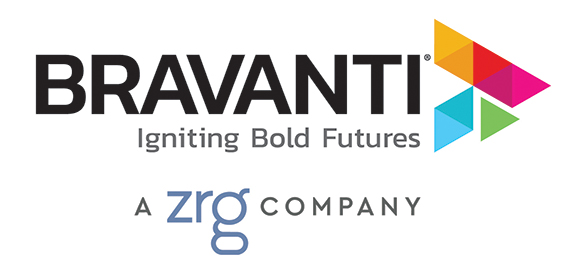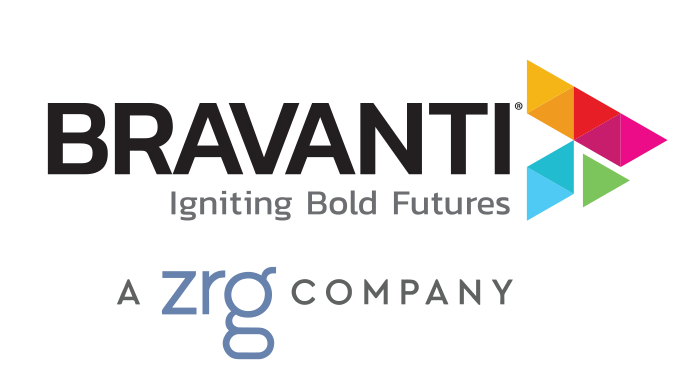By Di Colavita
Among the necessary conditions for high-quality learning and development are insight and self-awareness. Whether at the individual, team, or organizational level, assessments can be a powerful catalyst for development and change. While awareness is essential, it is not the “cure” nor is it the endpoint for developing talent. Assessments thoughtfully applied are an important component of talent development strategy, but often fail to deliver meaningful impact to the individual or organization due to poor implementation, lack of high-impact feedback, or lack of real-time learning and practice.
A critical first step to using assessments successfully is to determine what you hope to accomplish and how you will use the information. Broadly speaking, using an objective data source to provide a comparative view of individual or organizational characteristics can lead to more informed decisions on talent development and organizational change.
Here is a story where assessments made sense. A global technology company realized they were losing market share and decided they needed a new go-to market strategy. The global sales team included seven regional leaders and their direct reports, most of whom were tenured in position. Historically this team had taken a transactional approach to sales, behaving like “order takers,” but the CEO wanted a more consultative approach. He sought to understand the strengths/capabilities of his global sales team to determine if he had the right leaders in place. The chosen assessment method gave the maximum feedback and insight for each individual and regional team, but also provided aggregated results to the CEO regarding the overall capabilities of the team.
As a result, specific training was designed to meet the development needs of the global sales team to improve their consultative selling skills. In addition, individual revenue goals were eliminated for the regional leaders and their new focus was on coaching and facilitating business results for their teams. Within one year of the reorganization and training, the organization realized a 14 percent increase in new business.
This was an ideal situation where a business need required new capabilities from its talent, and the organization was willing to be transparent in using an assessment method. Leadership then leveraged the insights from the assessments to build the organizational capabilities they needed for success.
Effective use of assessments demands clarity about what you hope to learn, as well as a commitment to use the results to inform talent development and/or organizational change.

